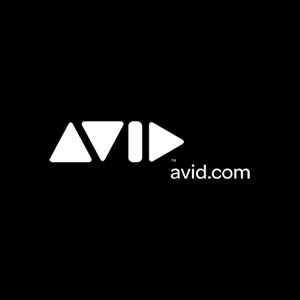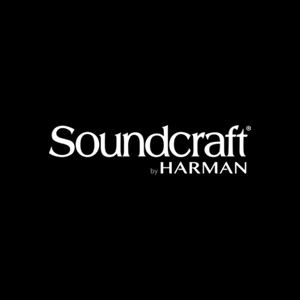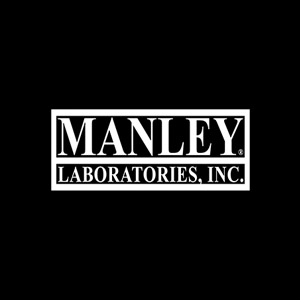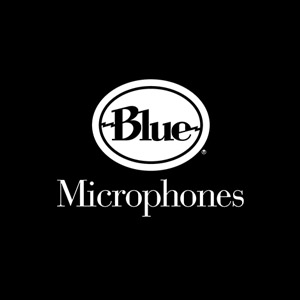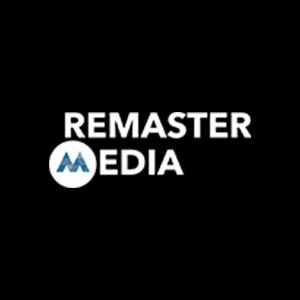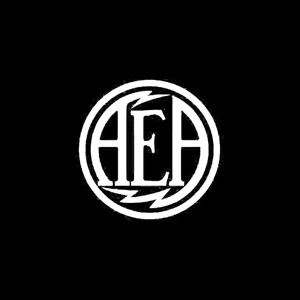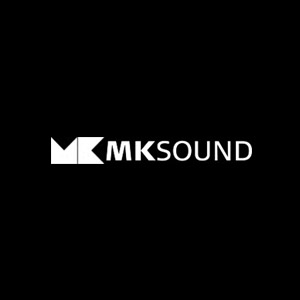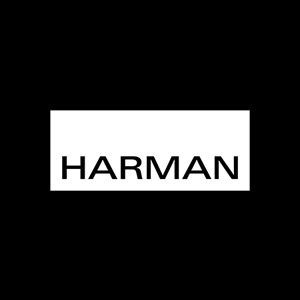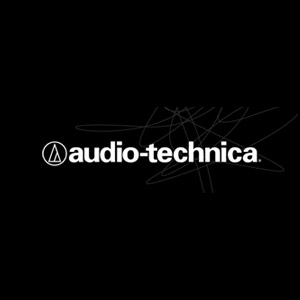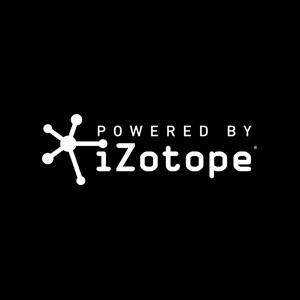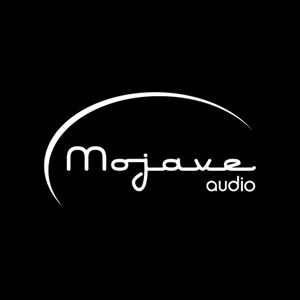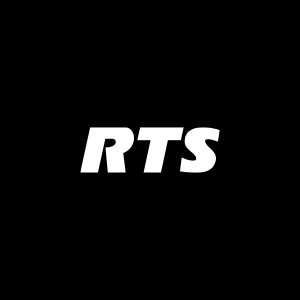A variety of issues spur departures, limit training and resupply
Amidst an unprecedented labor challenge — aka the “Great Resignation,” as workers from all walks of employment reconsider work during the pandemic — broadcast-sports audio’s biggest long-term challenge continues to simmer: where is the next generation of A1s coming from?
The A1 — the lead audio mixer on sports and other live broadcasts — is considered the apex of broadcast audio’s front-line field crew. But the position comes with a huge amount of responsibility and pressure: mixing a live sports broadcast watched and listened to by millions of people while being peppered with director and producer instructions. In addition, the A1 is solely responsible for making sure any system failures are fixed on the fly — often after what might have been a three- or four-hour flight and a night in a hotel before a day that might start at dawn. And that’s if you don’t have to “build the show”: oversee deployment of microphones and cabling and configure the audio console from scratch. A dwindling number of mixers want to do it.
“In broadcast sports, a problem is never a problem until it becomes a crisis,” says Bob Carzoli, CEO, Program Productions (PPI), a leading event-labor–management firm in the Chicago area whose portfolio includes major broadcast and regional sports networks and collegiate organizations. He estimates that the broadcast industry has lost as much as 30% of its technical workers during the COVID pandemic, including — and in particular — A1 mixers. “For that highly specialized position, that’s an enormous loss. You may have three or four or more A2s on a show but only one A1. And without that A1, no show.”
That is literally what the broadcast-sports industry is risking right now, Carzoli warns. REMI and other remote-production efficiency techniques that networks have implemented aren’t necessarily helping. He contends that they may offer some short-term cost savings but, in the long run, actually may eliminate opportunities for ambitious A2s to try out for the first chair on a low-risk game production like a college lacrosse match.
Further, live sports broadcast during COVID often made use of “bubbles” that corralled multiple games or even entire seasons into single locations, which reduced the need — and opportunities — for A1s. What’s more, the pay differential between the two categories isn’t enough to entice A2s, who see up close the enormous pressure that an A1 endures on a national broadcast, to even want to try to move up.
‘From Bad to Worse’
For years, the broadcast-sports industry has been aware of the impending shortage of qualified A1s. In fact, under the aegis of both SVG and its subsidiary organization DTV Audio Group, an effort was started in 2015 to address the problem in conjunction with several major television networks, including ESPN and NBC Sports. It was led by Tom Sahara, who was an operations and technology exec at Turner Sports for 21 years and also served as chairman of both SVG and DTVAG industry working groups. The initiative, he says, failed for number of reasons.
“It got derailed by rumors of [corporate-media] acquisitions. No one wanted to start an expensive initiative as a company is being acquired,” explains Sahara, who retired from Turner in 2019, a year after it was acquired by AT&T. “Then, the COVID pandemic struck, which pushed many A1s to advance their retirement due to restrictions and unpleasant work environments. And the already tight staffing situations from the [corporate] acquisitions a few years prior exacerbated the talent shortage caused by the pandemic. The retirements of A1s also often coincided with the change of production teams and extended road trips due to quarantine. Working multiple games per day [as restrictions lifted] was not worth it in their minds. The shortage went from bad to worse.”
Jim Budka, who has been in broadcasting since 1972 and began a career as an A1 in 1979, took a buyout from Turner Sports in 2015. However, he has kept his hand in with part-time mixing for shows produced by PGA TOUR Entertainment in St. Augustine, FL, where Budka moved after years working for Turner Sports in Atlanta. In fact, his A1 career was sparked by exactly the kind of “tossed into the hot seat” experience that used to be more common in broadcast: the A1 for a show he was working as an A2 didn’t make it to the studio on time. That scenario is fairly rare today, given the much higher financial stakes that television sports has since acquired.
Budka says COVID exacerbated many of the issues around development of A1s: the grind of travel; the vastly greater technological complexity contemporary A1s must contend with, as the shift to IP-based infrastructure requires them to become IT experts as well as audio engineers; and A1/A2 pay differentials that many feel don’t reflect the added responsibilities. On a typical show, an A1 might earn only about $50-$100 a day more than an A2 — “And without all the stress the A1 has to bear,” he adds.
Traditional Education Goes Only So Far
In 2013, the Conservatory of Recording Arts & Sciences (CRAS) instituted a broadcast-audio training track as part of its curriculum specifically to address a looming shortage of qualified A1s. The Tempe, AZ, school invested more than a half million dollars in its own broadcast studio and production truck, the latter able to piggyback onto broadcast networks’ rigs at area sports venues for baseball and football games.
School Administrator Kirt Hamm was optimistic about the effort after hearing broadcast executives fret about where the next generation of A1s would come from, as the current cohort, largely in their 50s and 60s, began to age out. “I would go to the panels at SVG events and hear them talk about exactly that,” he says. “Where are these people going to come from? How are they going to be trained?”
However, his optimism hasn’t been rewarded. Hamm says networks continue to look more to university-based broadcast programs, usually close by their operations centers or corporate headquarters, where most students aspire to on-air talent careers and a smaller percentage seek technical goals. That, he says, overlooks dedicated audio programs like CRAS’s. Further, there is an unrealistic expectation that such programs can turn out road-ready A1s.
“The reality is, someone needs to shadow working A1s in the field, to see what’s really involved in what an A1 does,” in addition to classroom work, says Hamm. “Unfortunately, the networks aren’t willing to budget for that. It’s frustrating. What they need is a kind of minor leagues that A1s can develop through, starting with high school and college sports locally, to get ready to do the big-league shows.”
CRAS has had some successes, with graduates moving primarily into technical positions with remote-production companies, such as Mobile TV Group and Game Creek Video. Four graduates are working at the Phoenix Suns’ recently renamed Footprint Center Arena. Of the four, Jordan Bell (class of November 2013) is an AV engineer; Lonnie Richardson (July 2017) and Derek Wheeler (November 2018) are AV techs.
These are success stories, although they’re not as frequent as the CRAS staff had hoped. However, there are signs of change.
“It’s clear that, because of the [pandemic’s] massive effect on our industry, there is a huge demand for competent A1s,” says CRAS Employment Coordinator Rachel Ludeman, noting that the losses exacerbated the ongoing wave of retirements in A1 ranks. “Lately, some of largest production/crewing companies in the U.S. are being forced to change their [approach to hiring]. We’re seeing that there’s room opening for a small learning curve for the right people. I’m seeing a bit more leniency on this lately, and this is where the training programs must be invested. Call it a training program or even a two-week shadowing. We don’t know how long it’s going to take for some of these companies to implement something like that, so, in the meantime, we are doing what we can to help.”
That includes proactively being a bridge for the crewing companies and acting as an advocate for graduates seen as ready to begin to handle the pressures. But Ludeman sees the same dynamics that are increasing demand for new A1s making it harder to get them in the door.
“Now that production is back in full force, everyone is swamped,” she says. “They’re so busy with production that training takes a back seat. That’s where we’re trying to step in.”
As frustrating as that is, though, there is awareness that moving too quickly can set everyone back. “Throwing someone into the fire” too soon, she says, can be disastrous. “An A2 makes a mistake, and poof, they’re gone, not to be given a second chance and learn from the mistake.”
Frontline Voices
Nashville-based Dave Dillbeck has been an A2 for seven years on NBA, NFL, NHL, MLS, PGA, and NCAA shows, as well as last year’s Super Bowl, and has also occasionally rotated into the mix chair for the Intel VR iterations of NBA, MLB, and NFL games and some NCAA games. At 50, he’s on the younger side of the current major-league A1 cohort, with whom he shares the kind of music-production background that got most of them into professional audio in the first place, and, like them, he is largely self-taught, via hands-on training in the field.
Unlike them, though, he’s more than a bit ambivalent about actively pursuing A1 status. He cites the familiar reasons but notes that the A1 position has become substantially more complex technologically in recent years.
“It’s one thing to have been mixing as all the IP technology and new digital audio formats came on; you could have absorbed them easier,” he says. “Now it’s like looking at a mountain. You have to be an IT expert as well as an audio person. It can be intimidating.”
At the moment, Dillbeck is perhaps in the perfect Gen X position: a kind of Goldilocks “just right” stratum between the scheduling flexibility and technical predictability of the A2 world while still holding onto some A1 aspirations.
“I have the foundation for that, and I’m confident in my abilities, but I’m not ready to build an NFL A game from scratch on my own,” he says in self-assessment, reflecting a cautious perspective also voiced by others. “All it takes is one time in over your head, and you crash and burn. And then that’s it.”
On the other hand, Jon Cline, the fourth CRAS grad hired by the Phoenix Suns and working as an A2-in-training, has found that he’s virtually alone among his A2 colleagues in wanting to move to the first chair. A 2011 graduate, Cline, 36, was hired in part, he says, with the expectation that he would take over for the Suns’ current A1 for home games, Bob Pachman, when he retires as expected within a few years. His training process consists of shadowing Pachman and A2 Dennis Lamb before and during games.
“As an A2,” Cline says, “you learn the connections and where all the wires are run, and, when that’s done, I go up to the [broadcast] booth and learn by watching Bob.”
Cline, who interned in the Los Angeles area after school, working in music studios and film postproduction facilities, says that he enjoys live-mixing sports and that its constant need to be ready to troubleshoot problems on the fly appeals to him. (“You’re never bored.”) The position’s higher compensation wouldn’t hurt, either, he says, noting that he once worked for $7 an hour doing the tedious task of replacing hundreds of capacitors on a large audio console. But he’s also aware that A1 rates are not that much more than what A2s can earn and that he understands his colleagues’ reluctance to want to move up.
“One A2 here is 70 and has been with the Suns since 1980,” he says. “Another one my age has been an A2 for a decade. The pressure on an A1 may be why they don’t want to do it. But I think the possibility of doing it is fantastic.”
The Way Forward
There is at least one initiative ongoing: PPI has been in the process of establishing its own training program for several years. It’s the only agency of its type doing so, CEO Carzoli asserts, and the effort was interrupted by the pandemic. However, he says, the current A1 situation has no short-term fix. He says he’s juggling the assets he does have with the demand for them by broadcast sports, describing the process — colorfully but direly — as “labor management going from checkers to chess” and “putting fingers in holes in the dike but running out of hands.”
“We do what we can to find good candidates,” he points out, “but, for the foreseeable future, customers are going to have to understand that the bar for qualifications is going to be lower. You can shadow [current] A1s and spend all the time you want in a classroom, but, when the red light goes on, the show is in your hands. That’s when you learn to handle the pressure.”
Longer term, he says, the only real solution is for agencies like his to collaborate with the sports leagues and organizations to establish a formal training program.
“Hundreds of millions of dollars have been invested in advancing broadcast technology,” he says. “Now it’s time to make similar investments in the people who operate that equipment.”

